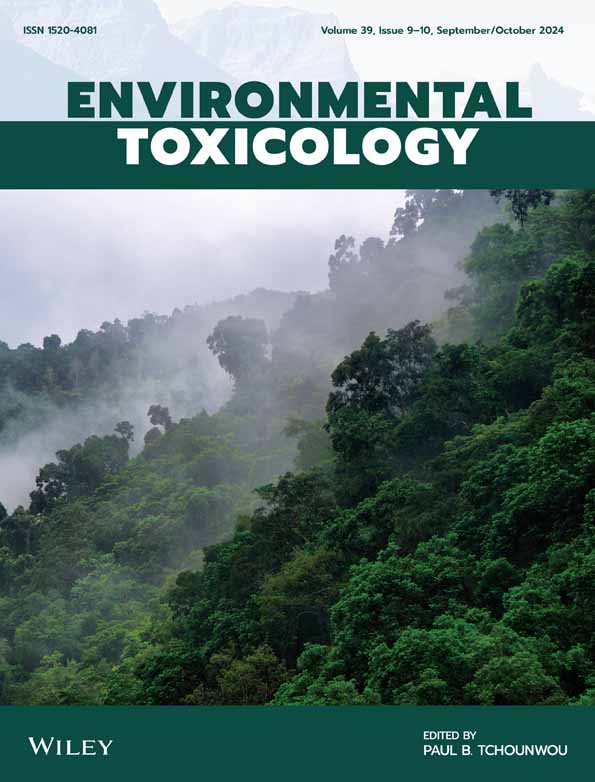Revolutionizing prognosis: Introducing cell death index (CDI) as a powerful prognostic tool for CSCC patients
Abstract
Background
Cervical squamous cell carcinoma (CSCC) threatens the body health of women worldwide. This study aimed to foster a new concept of prognostic indicator named cell death index (CDI).
Methods
RNA-seq and scRNA-seq datasets were downloaded from the GEO and TCGA database as the training and validation cohorts. Programmed cell death (PCD)-related gene signatures were obtained from published research. The construction of prognostic model was performed based on CDI value. Patients with CSCC were divided into high- and low-CDI groups. We explored the differences in overall survival time, immune infiltration, mutation status, and drug sensitivity between high and low CDI groups by R software.
Results
We constructed prognostic model to calculate the CDI value with 23 genes. Patients with high CDI have shorter survival time than those with low CDI. CDI was considered a risk factor compared to other characteristics. The nomogram model estimated overall survival (OS) at 1, 3, and 6 years, with age, Stage, and CDI, indicating the accuracy of the model in predicting 1-, 3-, and 6-year survival rates. CDI values were negatively correlated with most immune checkpoint genes. We measured the significant drug sensitivity of Mitoxantrone, Sabutoclax, Sepantronium bromide, Topotecan, BI-2536, and BMS-754807 between high- and low-CDI groups with significant correlation.
Conclusion
This investigation constructed a novel effective prognostic indicator of CDI in patients with CSCC and identified potential genes associated with cell death that could be targeted for prognosis and treatment of CSCC.

 求助内容:
求助内容: 应助结果提醒方式:
应助结果提醒方式:


